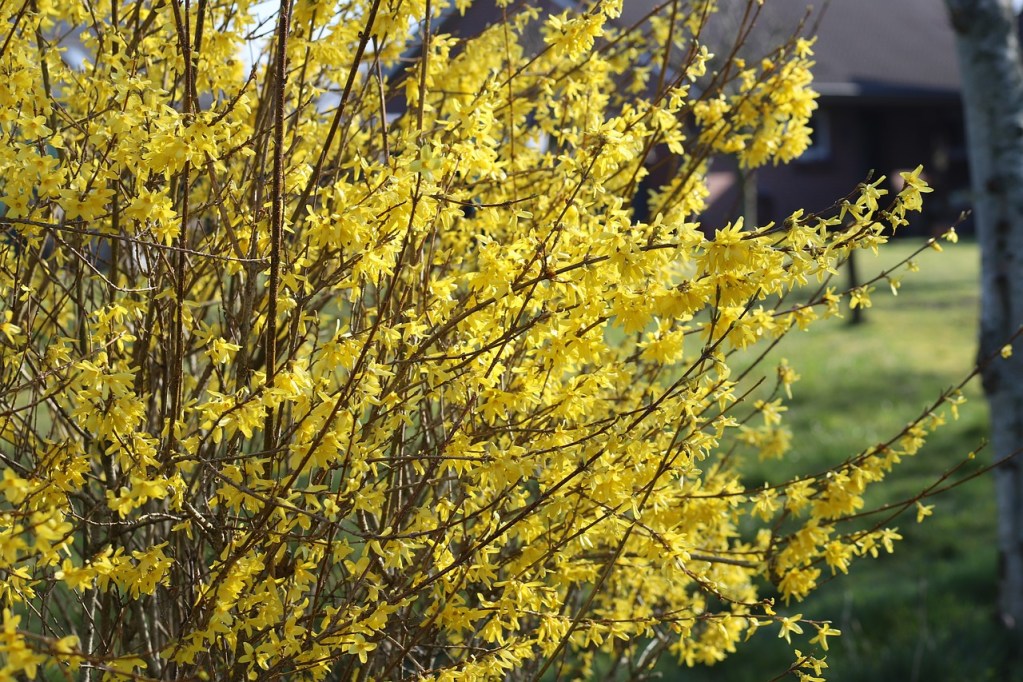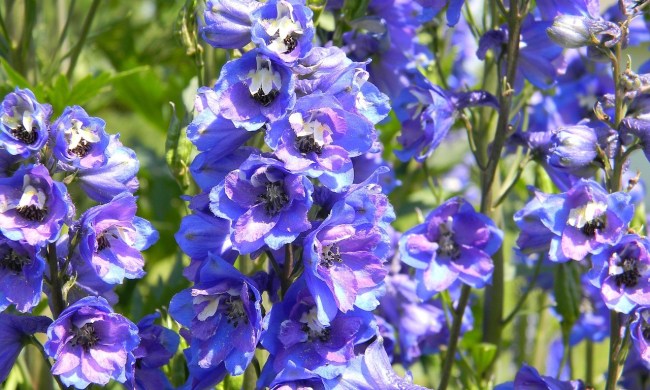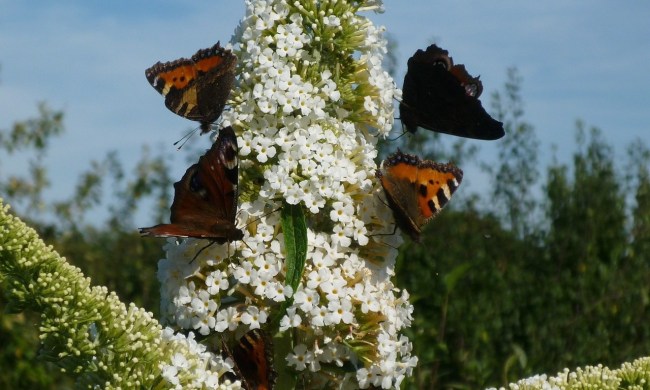
If you’ve ever lived in or visited the East Coast during spring, you’re likely familiar with forsythia bushes. These shrubs are loaded with bright yellow flowers during early to mid-spring. They often bloom before other trees and shrubs, making them a great way to add cheer to your yard or garden. If you want to try growing these lovely shrubs, then you’ll be happy to hear that forsythia bushes are easy to grow. This guide will explain everything you need to know to keep your forsythia happy and healthy.
Planting forsythia bushes

Start planting your forsythia bush in either late fall or early spring. During this time, the plant is dormant, but the weather is also still relatively mild. This decreases both the stress your plant is under and the risk of weather damage to a freshly planted shrub. Most gardeners plant forsythia bushes in their yards or gardens, but you can also grow them in a large container if you prefer. If you’re planting your forsythia in your yard or garden, be sure to give it room to grow. Space it a few feet away from other shrubs, trees, or structures.
Choose a planting location in full or partial sun. Forsythia bushes will tolerate shade, but they have fewer flowers when they don’t get enough sun. An average of 6 to 8 hours of sunlight per day is ideal for them. When it comes to soil type, forsythia bushes are not picky and will grow in almost anything, from rich, loamy soil to dense, clay-heavy soil. For the best results, choose an area with well-draining soil.
Forsythia care

Forsythia bushes don’t require much care. During the first few months after planting, water your forsythias once or twice each week to help them establish their root systems. Afterward, you only need to water your forsythia bushes during droughts. While forsythias are moderately drought tolerant, supplemental watering during dry weather helps keep them looking fresh and neat. During spring and summer, you can fertilize your forsythia with any balanced fertilizer.
During winter, you can mostly leave your forsythia bush alone. It won’t need water or fertilizer while dormant, and pruning it during this time can cause you to lose a season of blooms. You can add mulch around your forsythia bush, but it typically isn’t necessary.
Common pests and problems

Forsythia bushes aren’t bothered by many pests, but they can become the target of weevils and spider mites. These pest problems don’t often become serious, but if you’re facing a severe infestation, then treating your forsythia with insecticidal soap or neem oil can help. Forsythia bushes can also develop fungal infections on their leaves if left with wet foliage for too long. Water your forsythia below the branches to avoid getting its leaves wet, and prune your forsythia to improve air circulation.
A more serious fungal infection is gall, which is caused by phomopsis fungi, and it is easiest to spot during fall or winter, when there are fewer leaves to block your view. Gall causes large knots or balls to form on branches, eventually killing the rest of the branch. Check your forsythia for signs of gall and remove infected branches immediately. Be sure to sanitize your garden shears before and after to prevent the spores from spreading.
Pruning forsythia bushes

Pruning your forsythia can control its size, keep its shape looking neat, promote new growth, and keep your plant healthy by removing sick or dead branches and increasing air circulation. Prune your forsythia bush during mid-spring, right after the flowers have faded. This gives your forsythia time to heal and regrow before next year’s bloom.
Make sure your garden shears are sharp and clean before you begin. Start at the bottom of the shrub, close to the trunk, and gradually work your way up and out. Remove any branches that are diseased, damaged, or dead first. Then look for places where branches are overlapping or growing too closely together. Tight clusters of branches block air from circulating in the shrub, leading to fungal infections, and when branches rub against each other, they leave scrapes that are vulnerable to pests and fungi. Remove a few branches from these clusters, and then you can trim the outer edges of branches so the shrub is the size and shape you want.
Forsythia companion plants

Forsythia grows well with a number of other colorful flowers, shrubs, and trees. Dogwood, azaleas, rhododendron, flowering quince, and lilacs are all great choices if you want additional trees or shrubs. You can even create a stunning flowering hedge using these plants. For lower-lying flowers, surround your forsythia bushes with pansies, snowdrops, petunias, daffodils, grape hyacinths, and tulips. A mix of early and mid-spring blooming flowers will complement your forsythia bushes, creating a sweet and colorful display. Your local pollinators will be happy, too!
Forsythia bushes are beautiful, cheerful, and easy to grow. They don’t require much care, and are easy to pair with other shrubs, trees, and flowers. Your yard or garden will look bright and happy with a forsythia bush full of striking yellow flowers, and you can even grow them in containers on your patio or porch. Whether you’re planning an entire hedge of forsythia bushes or thinking about adding just one to your yard, you’re sure to love these low-maintenance beauties.



